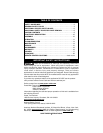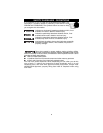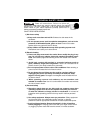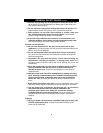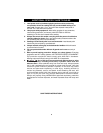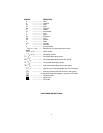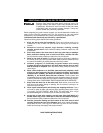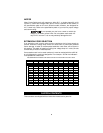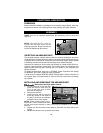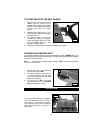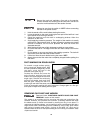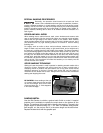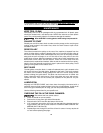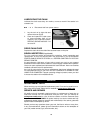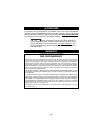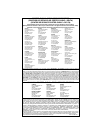
10
FOREWORD
Porter-Cable Belt Sanders are designed for smoothing rough boards, removing
old paint and varnish, fine-surfacing wood, metal, plastics, and other materials.
NOTE: This tool is shipped assembled. No assembly time or tools are
required.
FUNCTIONAL DESCRIPTION
ASSEMBLY
NOTE: The knob (A) Fig. 1 was re-
moved from the front of the unit for
shipping purposes. Screw the knob (A)
into the threaded hole (B) securely.
A
B
Fig. 1
SELECTING AN ABRASIVE BELT
The principal abrasive material used on belts for machine sanding are aluminum
oxide and silicon carbide. Aluminum oxide is not as hard as the silicon carbide, but
is tougher and more suited for woods and soft (nonferrous) metals. Silicon carbide
is extremely hard and is best suited for surfacing stone, marble and glass.
Abrasives are classed as open-coated (grit spaced) or closed-coated (Grit non-
spaced). Closed coatings provide hard, fast cutting action for hardwoods and
dense metals while the open coatings are more suited to soft materials and
painted surfaces.
To obtain the best finish, start with a “COARSE” grade of abrasive and change
to “MEDIUM” and “FINE” grades as work progresses.
A wide range of available PORTER-CABLE Sanding Belts is listed in the back of
the manual. Keep a full assortment on hand so that the correct belt will always
be available.
INSTALLING AND REMOVING THE ABRASIVE BELT
Disconnect tool from power source.
1. Lay the sander on its left side and
move the tension relief lever (A)
Fig. 2 to the right. Lock it under
the catch on the plate.
2. Remove the old belt.
3. Install the new belt so that the
arrow (B), printed on the inside of
the belt, is at the top and pointing
toward the front of the sander.
NOTE: Some sanding belts are bi-
directional. These bi-directional belts
will not have arrows printed on them. They may be installed to run in either
direction.
4. Position the belt so that the outer edge is flush with the outer ends of the
pulleys.
5. Release the tension lever to restore belt tension.
A
B
Fig. 2



